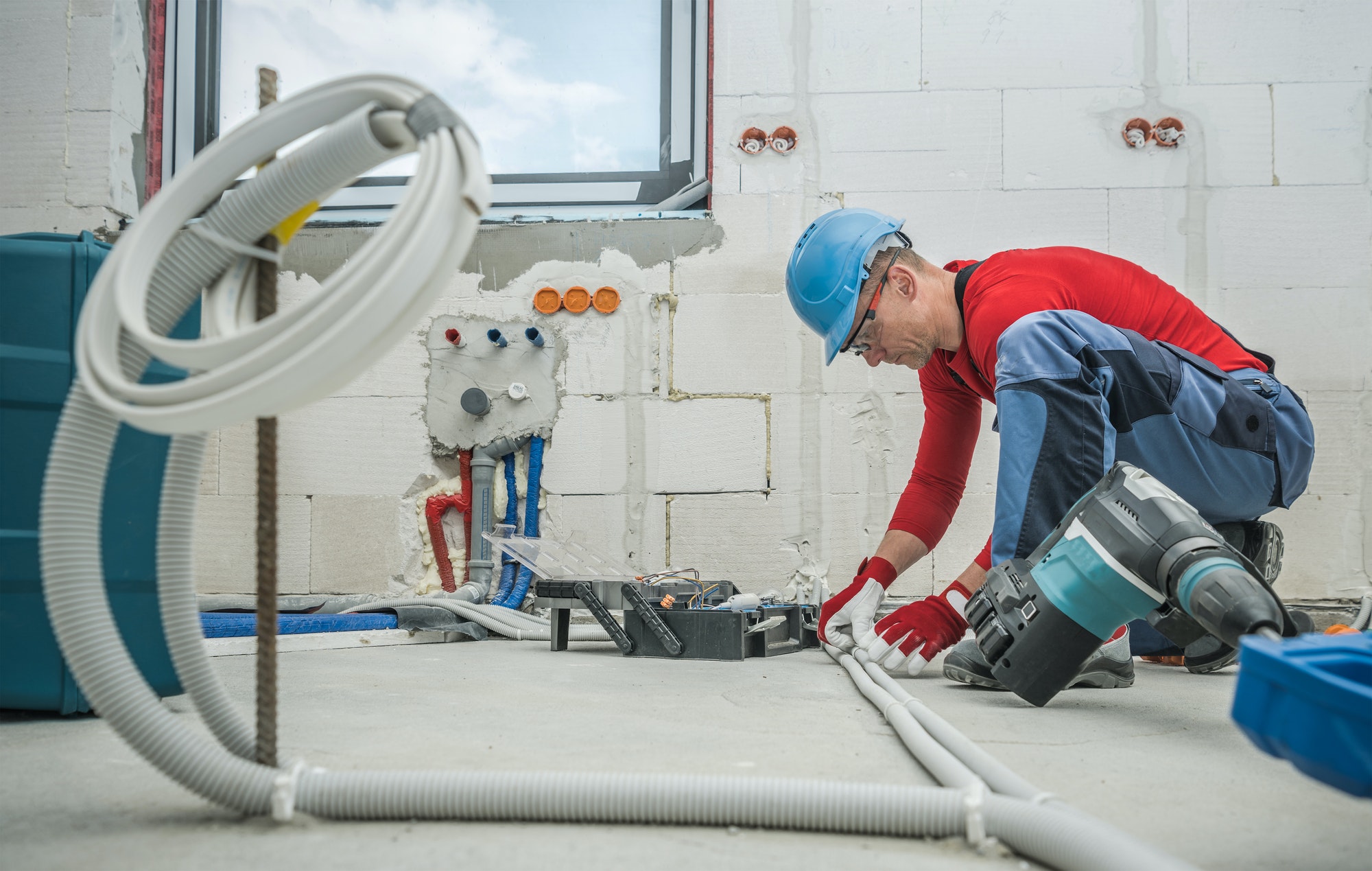Property owners are finding a game-changing tactic in the constantly shifting real estate market that goes beyond conventional renovations. The focus? Elevators. When thoughtfully upgraded, elevators—which are frequently undervalued—can be the undiscovered asset that increases property prices and tenant satisfaction. Let’s examine elevator retrofitting in more detail and see why it’s becoming a wise real estate move.
Getting to the Heart of Retrofitting
In multi-story buildings, home elevator installations are essential for peacefully moving residents between floors. Elevators age, just like any other structure component, and as a result, they could become less dependable and lack the safety elements that contemporary buildings require. Retrofitting is a solution that improves performance, safety, and overall operation by replacing or upgrading certain elevator components.
Raising Property Values
A direct benefit of lift installations is that the property’s value may rise. In a competitive real estate market, homes with elevators that are up-to-date and well-maintained can fetch higher prices. Updated elevator systems greatly add to features like security, convenience, and beauty, which are factors that prospective renters and buyers frequently emphasize.
A Better Tenant Experience
For renters, the everyday use of retrofit elevatorsis a crucial component of their experience within a building. Retrofitting elevators can completely transform this encounter, offering quicker and more dependable transit. Modern amenities that enhance the experience and add to a favorable overall picture of the property include destination dispatch systems, better lighting, and updated interior decor.
Embracing Energy Efficiency
Retrofitting elevators can be a calculated step toward greater energy efficiency, even beyond aesthetics and utility. The absence of modern energy-saving devices in older elevator systems could result in higher operating expenses. Modernizing to more energy-efficient parts, such as LED lights and regenerative motors, benefits the environment and lowers long-term costs for property owners.
Safety as a Priority
Real estate is all about safety, and elevators are no different. Older elevator systems could not meet the most recent safety standards and guidelines. By adding contemporary safety elements like fire-rated doors, sophisticated braking systems, and emergency communication systems, retrofitting offers the opportunity to address safety concerns. By doing this, the safety of the passengers is guaranteed, and the elevator system complies with modern safety regulations.
Keeping Pace with Technology
Elevator technology is always evolving, bringing with it connected and intelligent capabilities that can greatly improve performance. Through retrofitting, these advancements can be incorporated into current systems and provide advantages, including touchless controls, remote monitoring, and predictive maintenance. These characteristics meet the growing need for smart building solutions while increasing elevator operations’ efficiency.
Budgeting with Care
Building owners must consider revenue considerations, even if modernizing elevators has various benefits. The expenses for a retrofit home elevator can differ based on factors like the type of elevator system, chosen features, and the extent of upgrades. However, it’s crucial to view retrofitting as a substantial long-term investment, potentially leading to increased property values, reduced operational costs, and improved rental rates.
Choosing a Trustworthy Partner
Starting anelevator installation project calls for collaboration with seasoned elevator industry professionals. It is advisable for property owners to work with trustworthy elevator service companies that are aware of the particular requirements of their buildings. These partners can evaluate the condition of elevator systems as they stand, design retrofitting plans, and guarantee adherence to regional and national safety requirements.
Property owners can increase the value of their buildings, improve tenant satisfaction, and solve protection issues by modernizing the elevator systems that are currently in place. In a competitive market, properties integrating energy-efficient and smart technologies are considered modern and appealing. That’s why retrofitting residential elevators is a smart option for people looking to future-proof their assets and give current and potential tenants the best experience, even though it requires an initial investment.
Discover more from Futurist Architecture
Subscribe to get the latest posts sent to your email.



